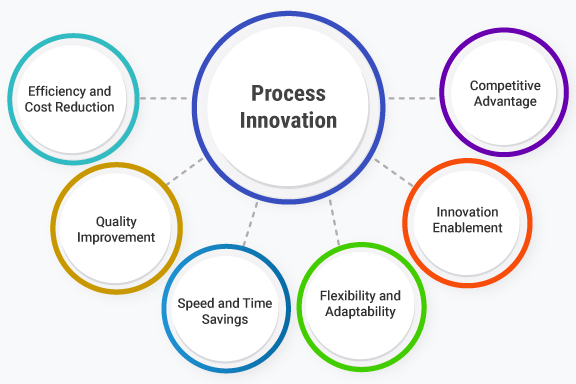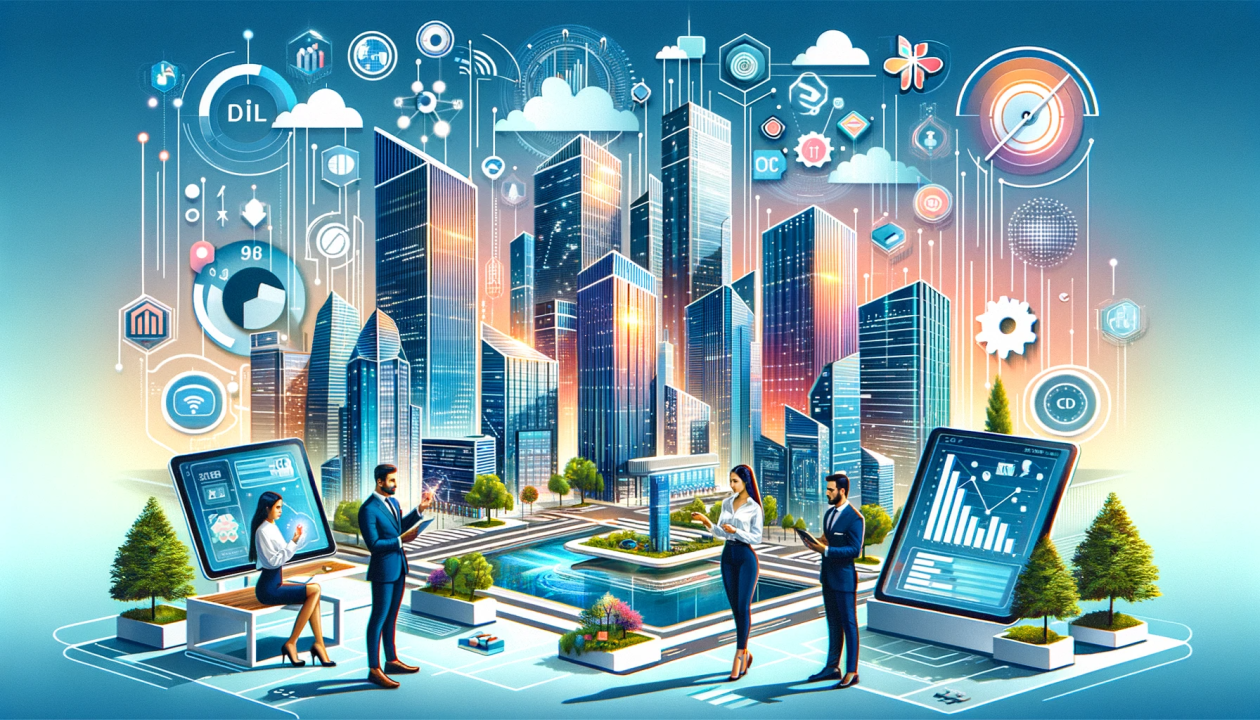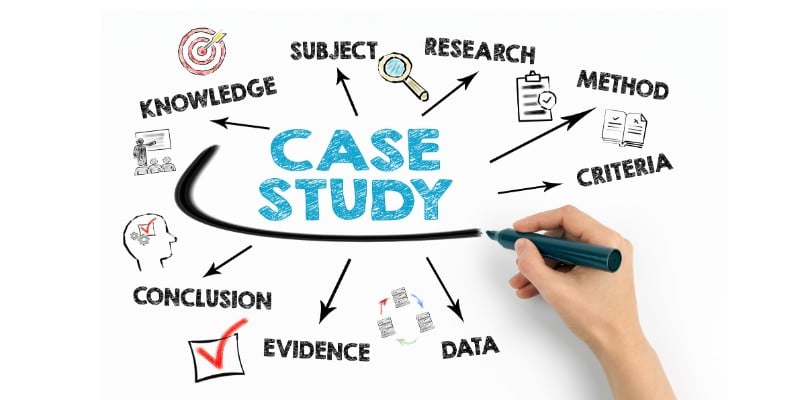
• Description: This section provides an overview of the significance of technological advancements and innovation. It explores the foundational concepts, their historical evolution, and the role these advancements play in shaping modern society.
• Definition: Technological advancements refer to the progressive improvements and innovations in technology. Innovation is the process of translating ideas and inventions into practical solutions and applications.
• Historical Context: Highlights key milestones in technological history and their impact on different industries and daily life.
Content: Key Areas of Technological Advancement

Description: This section delves into specific fields where significant technological progress is being made, detailing innovations and their implications.
Information Technology (IT):
• Artificial Intelligence (AI): Includes advancements in machine learning, deep learning, and AI applications across various sectors.
• Cybersecurity: Innovations in protecting digital infrastructure from cyber threats, including encryption techniques and security protocols.
• Blockchain Technology: Overview of blockchain applications beyond cryptocurrencies, such as in secure transactions and supply chain transparency.
Biotechnology:
• Genomics and Genetic Engineering: Advances like CRISPR for gene editing, and their potential applications in medicine and agriculture.
• Pharmaceutical Innovations: Development of new drugs, personalized medicine, and advancements in vaccine technology.
Renewable Energy:
• Solar and Wind Energy: Technological improvements in the efficiency of solar panels and wind turbines, and innovations in energy storage.
• Energy Storage Solutions: Progress in battery technology and other methods to store renewable energy efficiently.
Transportation Technology:
• Electric Vehicles (EVs): Developments in battery technology, charging infrastructure, and the future of electric mobility.
• Autonomous Vehicles: Progress in self-driving technology, including sensors, AI algorithms, and related regulatory issues.
Manufacturing and Robotics:
• Industry 4.0: Integration of IoT, AI, and robotics in manufacturing to enhance efficiency and flexibility.
• 3D Printing: Innovations in additive manufacturing, applications in prototyping, and custom production.
Content: Innovation Processes

• Description: This section explains how innovations are developed, focusing on the processes, collaborations, and ecosystems that facilitate technological progress.
• Research and Development (R&D): The role of R&D in fostering technological advancements, including the stages of research, experimentation, and development.
• Startups and Entrepreneurship: Contributions of startups and entrepreneurial ventures to technological innovation, including case studies of disruptive innovations.
• Collaborations and Partnerships: Importance of collaboration between industries, academic institutions, and governments in advancing technology.
Content: Impact of Technological Advancements

• Description: Examines the broader effects of technological innovations on various aspects of life and industry.
• Economic Impact: How advancements drive economic growth, create jobs, and influence productivity.
• Economic Impact: How advancements drive economic growth, create jobs, and influence productivity.
• Ethical Considerations: Addressing ethical issues related to new technologies, such as data privacy, consent, and equitable access.
Content: Future Trends and Predictions

• Description: Looks forward to emerging technologies and speculates on their future impact and potential challenges.
• Emerging Technologies: Exploration of cutting-edge innovations such as quantum computing, advanced AI, and novel materials.
• Emerging Technologies: Exploration of cutting-edge innovations such as quantum computing, advanced AI, and novel materials.
• Long-term Implications: Predictions about how current advancements may shape future industries and societal structures.
Content: Case Studies and Real-World Applications

• Description: Provides concrete examples of how technological advancements have been successfully applied and the lessons learned from these experiences.
• Successful Innovations: Case studies of technologies that have achieved significant success and their impact on specific fields.
• Lessons Learned: Insights from both successful and failed innovations, highlighting key takeaways and best practices.
Content: Conclusion
